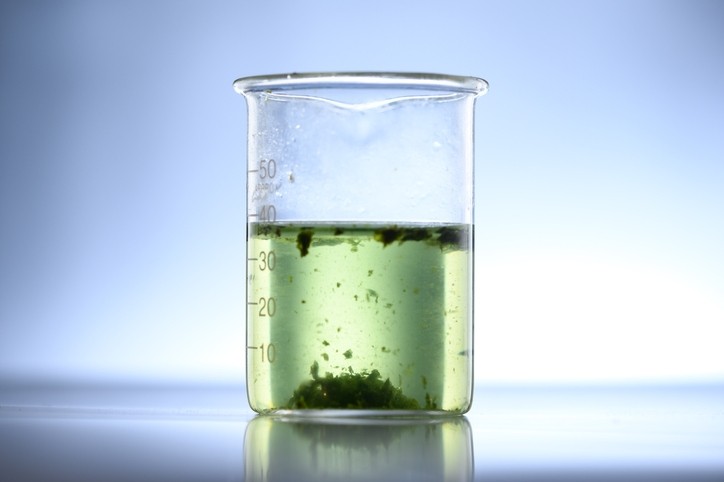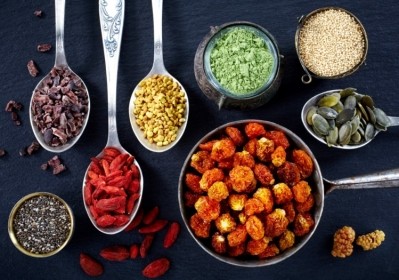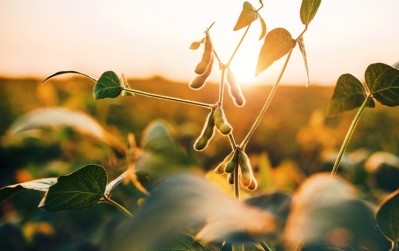Bühler Group looks to its extrusion technology expertise to solve plant protein texture challenge

The Swiss-based technology group has just announced a partnership with the German Institute of Food Technologies (DIL) to accelerate research and the development of new solutions for more sustainable protein production.
Christoph Vogel, Head of Market Segment Proteins & Ingredients at Bühler, told FoodNavigator that the tie-up aims to accelerate sustainable food production and develop new production technologies for healthy and sustainable food products, focusing on alternative protein-based products with a lower environmental impact than the meat value chain’.
"We need to make the meat substitutes of the future more sustainable,” he said. “We will see more change in the protein landscape in the next 10 years than we have seen in the last 10,000 years.”
According to Bühler, new sustainable plant-based proteins have significantly less environmental impact, less land use, and a lower CO2 footprint than the animal meat value chain. It is therefore essential, it said, to explore and identify alternative and underused sources of protein and develop efficient technologies to convert these into attractive, marketable products. Consumer demand for sustainable and healthy food products has been growing in recent years, underlining the opportunity for the food industry to make a positive impact, it added.
The project with DIL is eyeing underutilised side-streams such as oil seeds and brewers' spent grain to produce potentially more sustainable and nutritious products. “We see huge opportunities in side-stream valorization,” said Vogel, who also identified single-cell proteins such as algae, seaweed or bacteria as offering huge scope as meat substitute ingredients.
“For us a good meat substitute is when it's first of all tasty, but then it needs to be sustainable, natural, nutritious, it needs to have a good texture and it needs to be affordable,” Vogel added.
Bühler also expects opportunities to emerge in the nascent cell-based meat sector. Vogel said affordability remains the biggest challenge to this sector, but “with scaling and more experience they will become affordable. We’re optimistic that [cell-based meat] will have an impact in the future.”
The DIL campus in Quakenbrück, Germany, provides state-of-the-art food safety labs, pilot plants and research capabilities. Over 200 scientists and technologists from diverse fields of expertise collaborate with a growing number of spin-off and start-up enterprises to develop solutions that improve food safety and quality.
“With DIL, we have found a great partner who can provide a food grade test and production lab combined with extensive analytical services,” said Christoph Näf, Head of Business Unit Human Nutrition, Bühler. The partnership will create a platform to support start-ups, existing customers, and future partners to develop new end products and generate synergies.
“At Bühler, we have the full protein value chain knowledge and with that knowledge we can tap into some of those factors very easily,” added Vogel. “We can make meat substitutes more nutritious, more natural and more sustainable, and with the combined knowledge from the German Institute of Food Technologies we can be a game changer. We're very optimistic that even by the end of Q1 we will have a solution that really improves the texture and the juiciness of plant-based meat.”
Using extrusion technology to lower carbon footprint
A key technology to unlock this opportunity is extrusion, according to the Swiss company.
The ‘highly versatile’ technology enables the formation of texturized proteins with different structures from different raw materials. High moisture extrusion enables the conversion of plant proteins into food products with textures similar to meat. Vogel said the company’s expertise in extrusion technology allows for opportunities to improve the carbon footprint of plant-based proteins by working more with concentrates.
“We've found it makes big difference if you make a meat substitute out of a protein isolate, which is isolated within a wet process, or if you use a protein concentrate that was produced out of a mechanical fractionation. With that change, you have a processing solution for dry fractionating and using this dry fractionation process versus wet fractionation has an even lower carbon dioxide impact.”
He added: “I think the race is on among all our customers to be in the ‘sweet spot’ of having tasty, sustainable, natural, nutritious, affordable products with a good texture, and the consumer demand is still growing.”






















